We celebrate Earth Day every year on April 22nd to raise awareness about the environment and promote sustainable action. Climate change, caused by human activities such as burning fossil fuels, deforestation, and industrialization, is one of the biggest environmental challenges we face today. In this blog, we’ll explore the history and significance of Earth Day, as well as ways in which we can celebrate and protect the planet. We’ll also discuss the link between Earth Day and climate change and provide tips on how to take action to mitigate its effects.
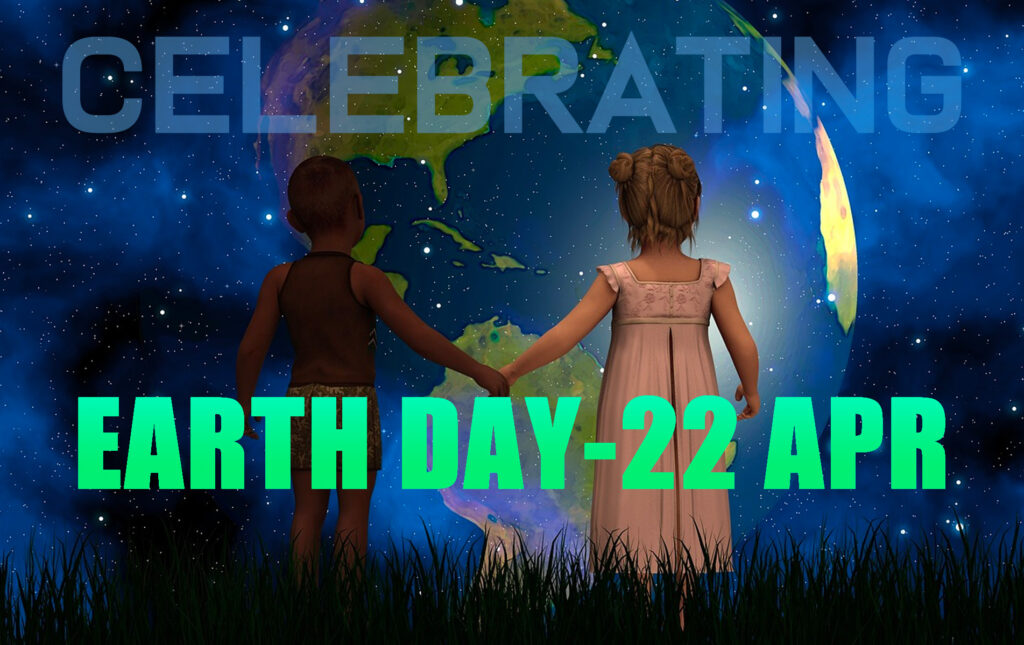
History
The U.S. organized the first Earth Day in 1970. Senator Gaylord Nelson to raise awareness about environmental issues. It was a response to the increasing pollution and environmental degradation caused by industrialization and served as a call to action for individuals and governments to take steps to protect the environment.
Significance
Since then, Earth Day has grown into a global movement, with over 190 countries participating in events and initiatives to promote environmental awareness and sustainability. It is a day to celebrate the planet and to take action to protect it for future generations.
Climate Change
Climate change refers to the long-term changes in the Earth’s climate, including increases in global temperatures, sea level rise, and changes in precipitation patterns. These changes can have significant impacts on the environment, land, and sea.
The Earth’s climate is changing at an alarming rate due to the accumulation of greenhouse gases in the atmosphere. These gases, such as carbon dioxide, methane, and nitrous oxide, trap heat and cause the planet’s temperature to rise. This phenomenon, known as global warming, has numerous consequences, including more frequent and intense heat waves, droughts, floods, and storms. Climate change also leads to ocean acidification, which threatens marine life and ecosystems.
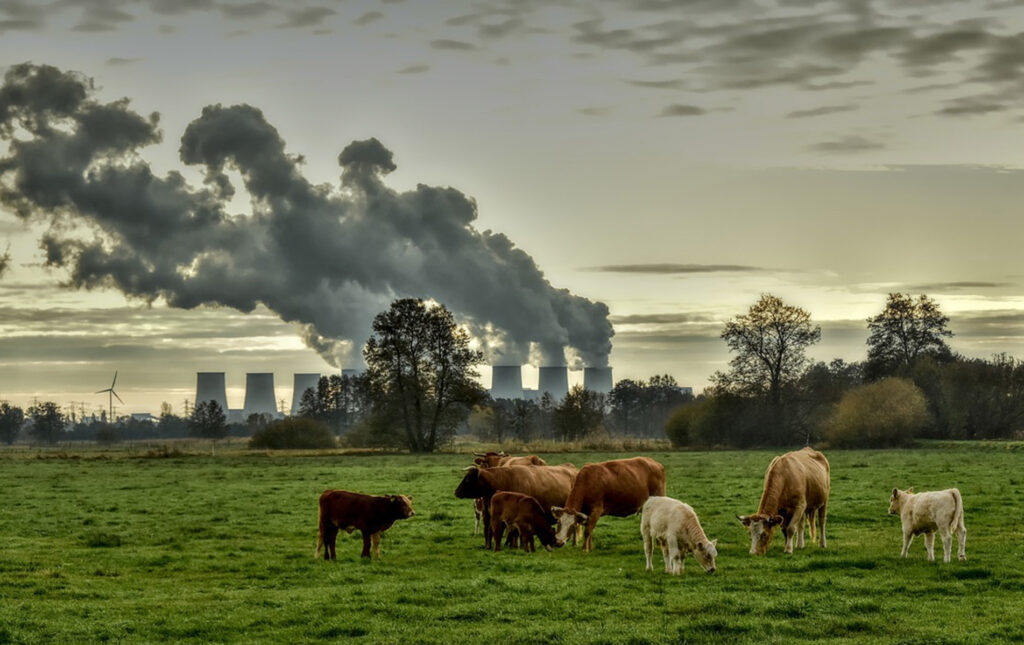
To address climate change, we need to take action to reduce our carbon footprint and promote sustainability. One way to do this is by reducing our reliance on fossil fuels and transitioning to renewable energy sources such as solar energy and wind power. This not only reduces our greenhouse gas emissions but also helps create jobs and boost local economies.
Another way to mitigate the effects of climate change is by adopting eco-friendly practices in our daily lives. This includes reducing waste, recycling, and conserving energy by turning off lights and electronics when not in use. We can also reduce our carbon footprint by eating a plant-based diet and reducing our consumption of meat and dairy products, which have a high environmental impact.
How does climate change affect us?
The Earth’s climate undergoes long-term changes that involve increases in global temperatures, changes in precipitation patterns, and sea level rise, and these changes can have significant impacts on human societies and the environment.
Climate change can affect us in several ways. It can cause more frequent and severe extreme weather events such as hurricanes, droughts, and heatwaves, which can damage homes, infrastructure, and crops and put human lives at risk.
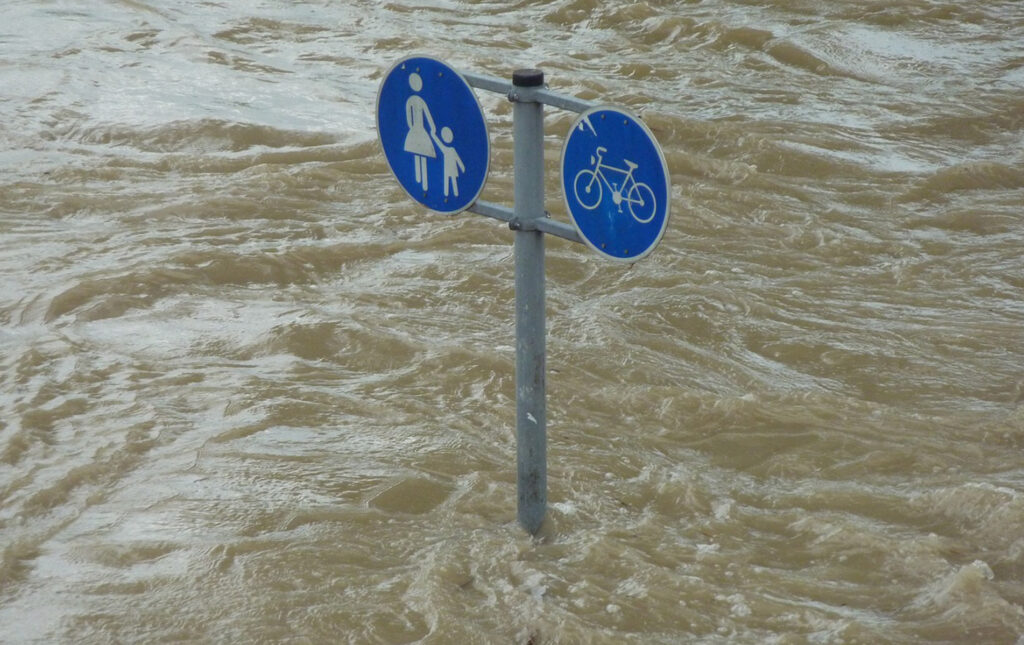
Climate change can also result in various health impacts such as increased heat-related illnesses, respiratory problems due to air pollution, and the spread of diseases carried by insects like mosquitoes and ticks. Moreover, changes in precipitation patterns can affect water resources for agriculture, leading to reduced crop yields, increased food prices, and affecting fisheries and other food sources, putting food security at risk.
Extreme weather events and changes in agriculture and fisheries can have significant economic impacts on communities, regions, and even entire countries. Climate change can also lead to displacement and migration, particularly in low-lying areas that are at risk of sea level rise and extreme weather events, which can cause conflicts over resources and strain social and economic systems.
How does climate change affect the environment?
Climate change can affect the environment in several ways. It can lead to shifts in ecosystems, which can cause habitat loss and fragmentation for many plant and animal species. As ecosystems change, some species may not be able to adapt or migrate to new habitats, leading to declines in biodiversity and the potential extinction of some species.
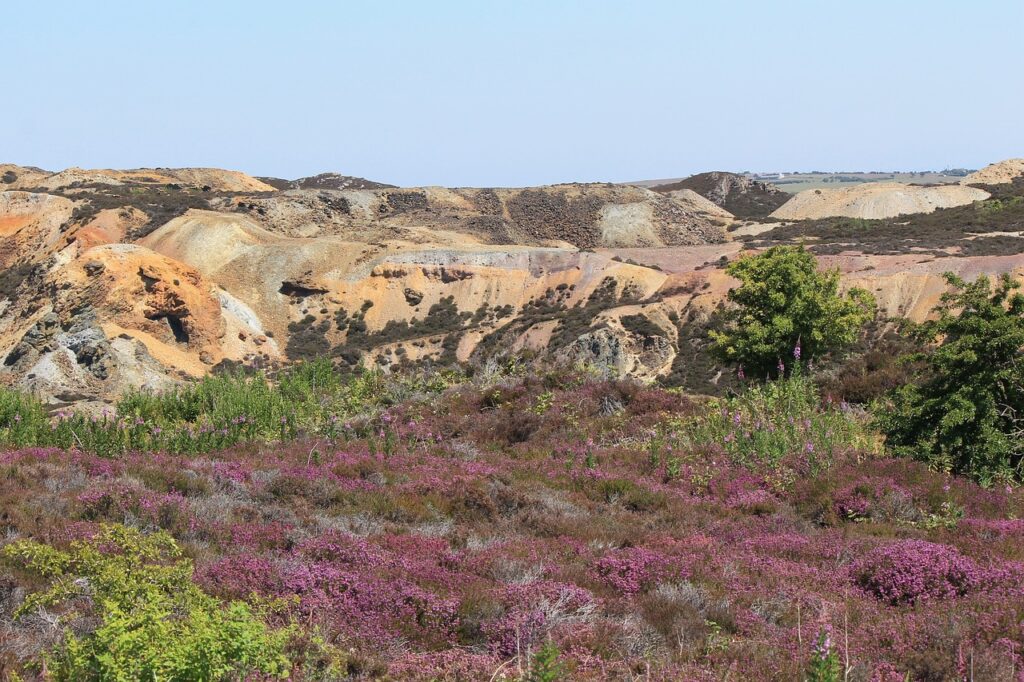
Furthermore, increased levels of carbon dioxide in the atmosphere can lead to increased levels of acidity in the oceans, which can harm marine organisms such as corals, plankton, and shellfish. Melting glaciers and sea ice due to global temperature rise can cause sea level rise and flooding in coastal areas.
Changes in precipitation patterns can also affect water availability for plants, animals, and human communities, which can have cascading effects on ecosystems and human societies. Climate change can also lead to more frequent and severe extreme weather events such as hurricanes, droughts, and heat waves, which can cause damage to ecosystems and disrupt natural processes.
How does climate change affect animals?
Climate change affects animals directly and indirectly. Here are some ways in which it affects them:
Climate change is causing habitat loss and fragmentation as ecosystems shift due to changes in global temperatures and precipitation patterns. This can have negative impacts on populations and the overall health of ecosystems.
Some animal species are shifting their ranges or changing their migration patterns in response to changing temperatures and precipitation patterns, which can lead to conflicts with other species and competition for resources.
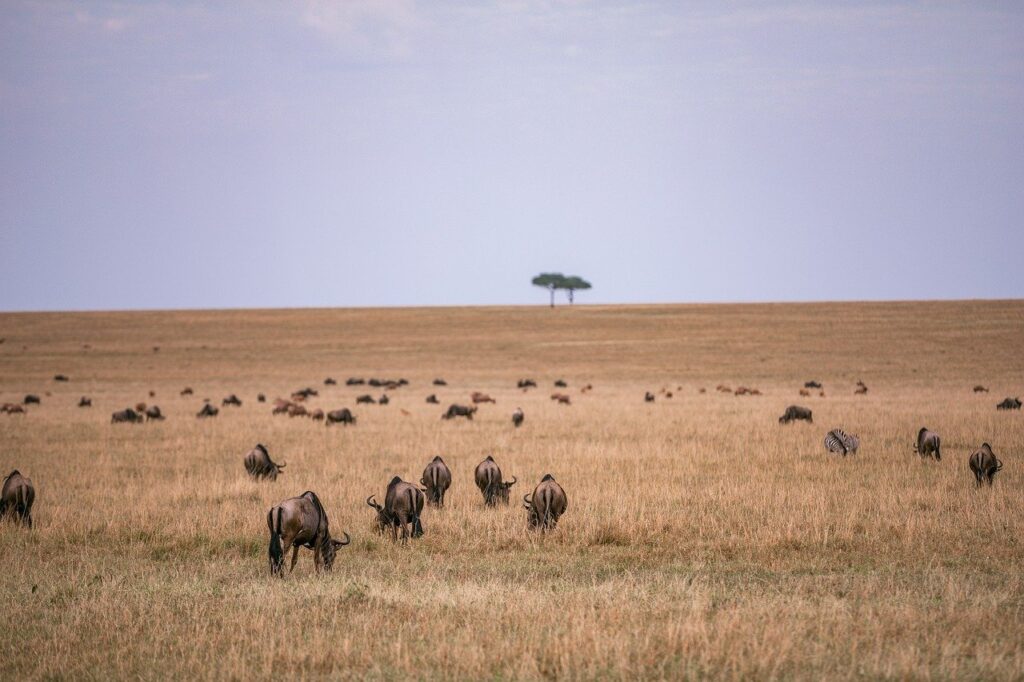
Changes in temperature and precipitation patterns can affect the timing of breeding and reproductive cycles for many animals, which can lead to declines in populations and changes in species interactions.
Many animal species depend on specific food sources, and changes in precipitation patterns can affect the availability of food. This can lead to declines in populations and changes in species interactions.
Climate change can also increase the risk of disease transmission to animals by changing the range and distribution of disease vectors such as mosquitoes and ticks.
How does climate change affect the ocean?
The ocean can experience significant impacts from climate change, affecting both physical changes and changes to marine ecosystems. Here are some ways that climate change impacts the ocean:
- The ocean is warming as global temperatures rise, which can negatively impact marine organisms, including coral reefs and commercially important fish species.
- The ocean is becoming more acidic as it absorbs more carbon dioxide from the atmosphere, which can harm marine organisms such as corals, plankton, and shellfish.
- Sea levels are rising due to the melting of glaciers and ice sheets caused by global temperature increases. This can lead to flooding in coastal areas and changes in coastal ecosystems.
- Extreme weather events such as hurricanes can become more frequent and severe due to climate change, causing damage to marine ecosystems and disrupting natural processes.
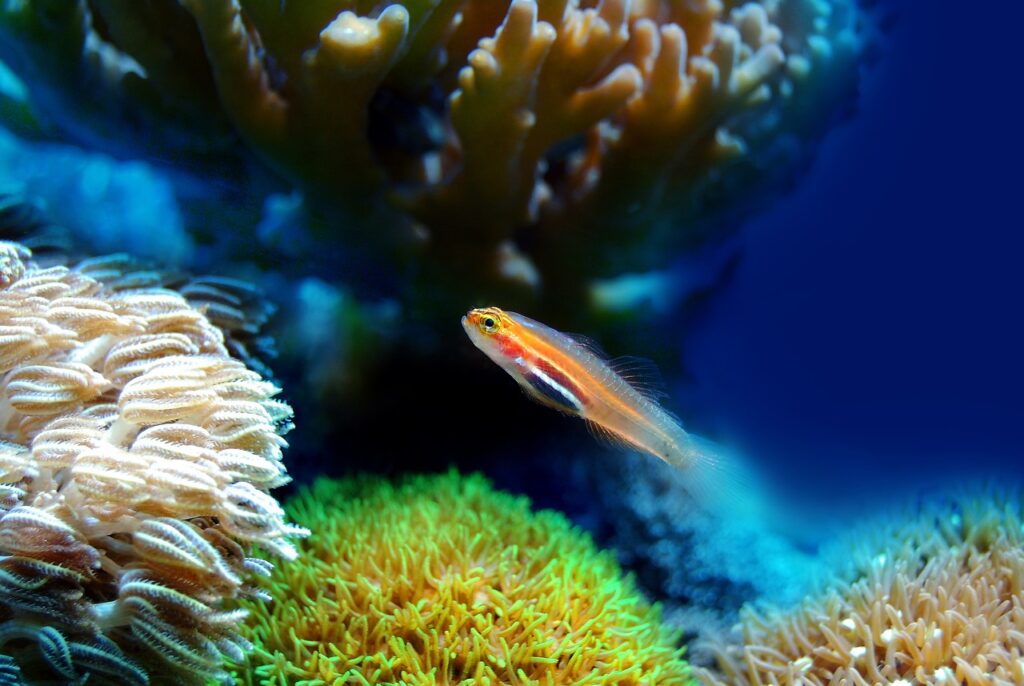
How does climate change affect the water cycle?
Climate change affects the water cycle, which is the process by which water circulates between the Earth’s surface, atmosphere, and oceans. Here are some ways that climate change impacts the water cycle:
- Extreme weather events such as floods and droughts become more frequent and severe as global temperatures rise, leading to changes in precipitation patterns that affect the amount and timing of water available for human use and natural ecosystems.
- Higher temperatures increase evaporation rates, which can result in drier soils and reduced water availability for plants and animals.
- Changes in snowmelt patterns caused by rising temperatures can affect the timing and amount of water available for human use and natural ecosystems.
- Climate change can impact the rate at which water is recharged into underground aquifers, affecting the availability of groundwater for human use and natural ecosystems.
- Extreme weather events such as floods and storms can increase the risk of water pollution by washing pollutants into waterways and disrupting wastewater treatment systems.
Earth Day and Climate Change
Earth Day provides an excellent opportunity to raise awareness about climate change and take action toward sustainability. By reducing our reliance on fossil fuels, adopting eco-friendly practices, and supporting initiatives that promote sustainability, we can all make a difference in protecting the planet for future generations. Let’s celebrate Earth Day and address climate change by taking action and making a positive impact on our environment.
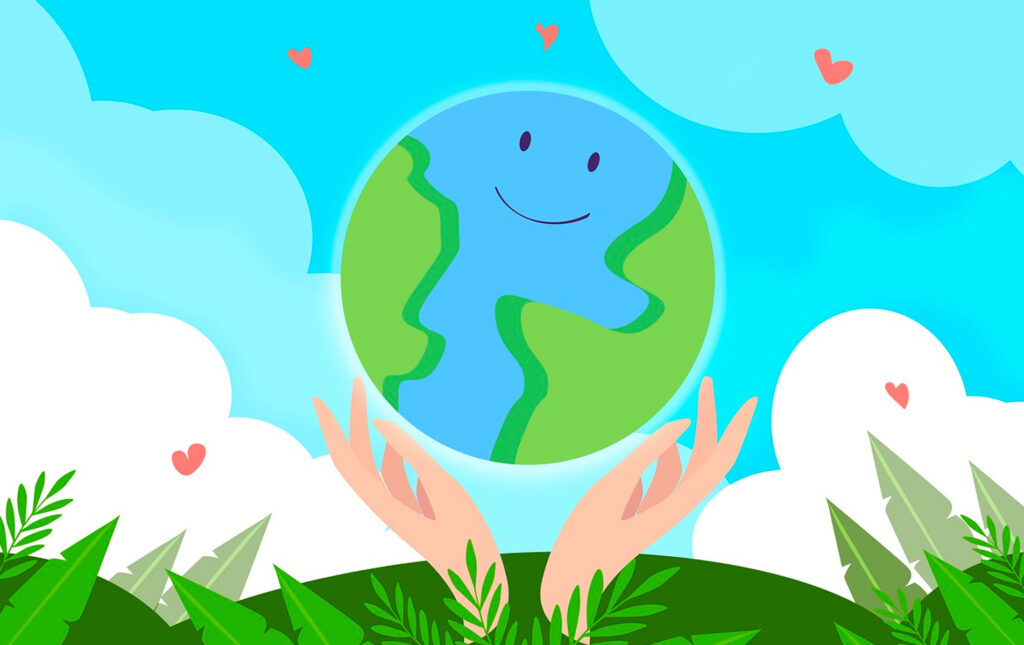
Celebrating Earth Day
One way to celebrate Earth Day to address climate change is by participating in environmental activities and initiatives. This could include organizing a local cleanup event, planting trees, or participating in a recycling drive. It is also a great time to learn more about the environment and the impact of human activities on the planet. This could include attending lectures or seminars, reading books or articles, or watching documentaries about the environment.
Another way to celebrate Earth Day to lower climate change is by making changes in our daily lives to reduce our impact on the environment. This could include reducing our energy consumption by turning off lights and electronics when not in use, conserving water, reducing waste by recycling and composting, and using eco-friendly products.
We can also celebrate Earth Day and advocate climate change by supporting organizations and initiatives that promote sustainability and environmental protection. This could include donating to environmental organizations, supporting businesses that prioritize sustainability, or advocating for policies and regulations that protect the environment.
Common Questions Asked:
Is almond milk bad for the environment?
The main concern is the amount of water required to grow almonds. Almonds are primarily grown in California, which is experiencing a drought, and it takes about 1.1 gallons of water to produce a single almond. This means that it takes a lot of water to produce the almonds used to make almond milk.
In addition, almond farming requires a significant amount of pesticides and fertilizers, which can have negative impacts on soil health and water quality.
Some almond milk producers are working to develop more efficient irrigation methods and to switch to renewable energy sources to power their operations. Others are exploring alternative sources of plant-based milk, such as oats or hemp.
Is lithium mining bad for the environment?
While lithium mining has benefits for renewable energy and reducing carbon emissions, it can also have negative impacts on the environment. Typically, lithium is extracted from brine deposits in arid regions such as Chile, Argentina, and Bolivia. The mining process involves pumping large quantities of water from underground aquifers, which can lower water tables and result in water scarcity for local communities and ecosystems.
Moreover, lithium mining can cause soil and air pollution, releasing toxic chemicals and heavy metals into the environment, which can contaminate soil and water sources. The dust generated by mining can also contribute to air pollution, having adverse effects on human health and ecosystems.
Is natural gas bad for the environment?
Extraction, primarily through hydraulic fracturing, or “fracking,” can contaminate groundwater and surface water and release methane, a potent greenhouse gas, into the atmosphere. Transportation and distribution through pipelines can also disrupt ecosystems, cause soil erosion, and lead to water pollution. Burning natural gas still releases carbon dioxide and other pollutants into the atmosphere, and natural gas leaks during production and distribution can offset some of the climate benefits.
Is silicone bad for the environment?
The disposal of silicone products is a primary environmental concern since it is not biodegradable and does not easily break down in the environment. As a result, discarded silicone products can persist in landfills and oceans for hundreds of years, causing pollution and harm to wildlife, especially marine life that may confuse silicone for food. Additionally, the production of silicone requires non-renewable resources such as petroleum and can generate hazardous waste during manufacturing. The mining of silica, a key ingredient in silicone, can also have adverse effects on local ecosystems and communities.
Is fracking bad for the environment?
Fracking places a strain on local water resources and can deplete aquifers because it requires large amounts of water. It can also cause air pollution as it releases volatile organic compounds (VOCs), nitrogen oxides (NOx), and other pollutants into the air, contributing to smog and respiratory problems. Fracking can also release methane, a potent greenhouse gas that contributes to climate change. Another concern with fracking is groundwater contamination.
Finally, the disposal of fracking wastewater is an additional environmental concern. The wastewater contains chemicals, heavy metals, and other pollutants, and can be difficult to treat and dispose of safely.


